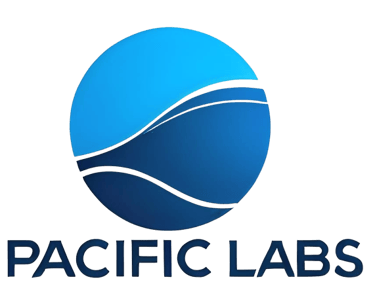How Rapid Prototyping is Transforming Product Design and Development
Explore how rapid prototyping is revolutionizing the product development process, making it faster, more cost-effective, and innovative.
PROTOTYPING3D PRINTINGRAPID MANUFACTURING
Pacific Labs
4/27/20252 min read


Executive Summary
Rapid prototyping has become an indispensable tool in product design and development, enabling companies to accelerate innovation, reduce costs, and deliver customer-validated solutions faster than ever. By leveraging digital and physical prototyping methods, organizations can iterate quickly on concepts, align cross-functional teams, and minimize the risk of costly design errors downstream. Below, we explore the key benefits of rapid prototyping, best practices for implementation, and how Pacific Labs can help you transform ideas into market-ready products.
Why Rapid Prototyping Matters
Rapid prototyping allows teams to move beyond abstract drawings and CAD models, providing tangible, testable versions of a product in days rather than months.
Early prototypes foster stakeholder buy-in and uncover usability issues before large-scale investment—studies show digital prototyping cuts the number of physical prototypes in half, slashes development costs by 48%, and accelerates time-to-market by 58 days on average.
Incorporating design thinking principles alongside prototyping reduces production timelines by weeks, ensuring that products are both user-friendly and commercially viable.
Key Benefits
Faster Iteration & Innovation
Iterative versioning encourages continuous improvement; top-performing firms use rapid prototyping to pivot quickly in response to feedback, building stronger user connections.
Cost Efficiency
Catching design flaws early avoids expensive re-work in tooling and manufacturing, with prototyping identified as one of the most economical ways to validate concepts.
Enhanced Collaboration
Prototypes serve as a universal language across engineering, design, and marketing, aligning teams on functionality, aesthetics, and user experience before launch.
Market Validation
Building a minimum viable product (MVP) through rapid prototyping helps startups and enterprises alike gather real-world customer feedback, de-risking product launches.
Integration with AI & Digital Tools
AI-driven prototyping platforms optimize design parameters for strength, weight, and cost, streamlining decision-making in new product development.
Best Practices for Implementation
Start Small: Begin with low-fidelity mockups (paper or simple models) before investing in high-resolution physical prototypes.
Iterate Quickly: Use short prototype-test-revise cycles (sprints) to maintain momentum and incorporate feedback immediately.
Cross-Functional Teams: Involve product managers early to ensure prototypes align with business objectives and customer needs.
Leverage Digital Twins: Combine virtual and physical prototyping to simulate performance under real-world conditions, reducing the number of necessary physical builds.
How Pacific Labs Can Help
At Pacific Labs, we specialize in end-to-end prototyping and product development services. From digital concept models to high-precision 3D-printed prototypes, our expert team and advanced equipment enable you to:
Validate designs with real users
Optimize product functionality and aesthetics
Accelerate your development timeline
Reduce overall project costs
Ready to innovate faster? Contact us today at info@pacificlabs.co.in or +91 98727 91819 to discuss your next prototype and gain a competitive edge in the market.
Stay connected with Pacific Labs
Pacific Labs
256, Adarsh colony, Balongi,
S.A.S Nagar (Mohali), Punjab. 160055
Contact US:
Get in touch
info@pacificlabs.co.in
pacificlabs3d@gmail.com
+91 9872791819
© 2025 Pacific Labs. All rights reserved.
Follow us
+91 7740001952
